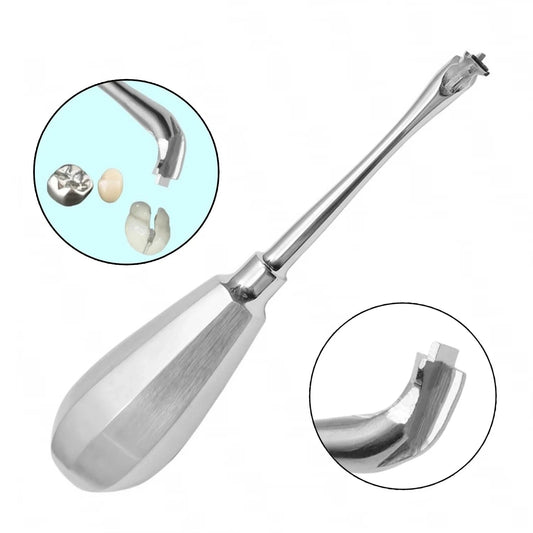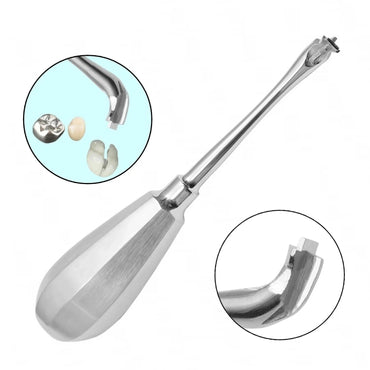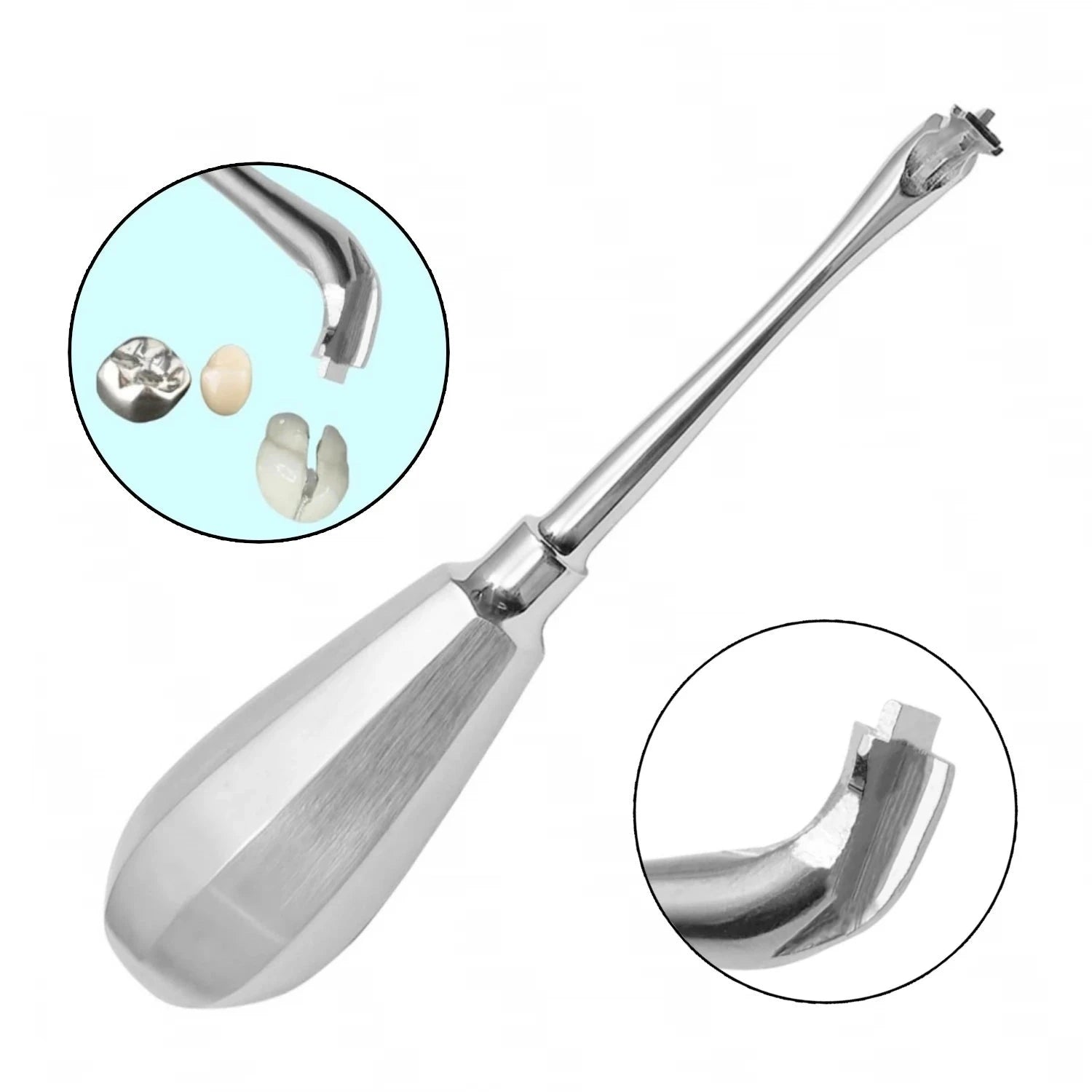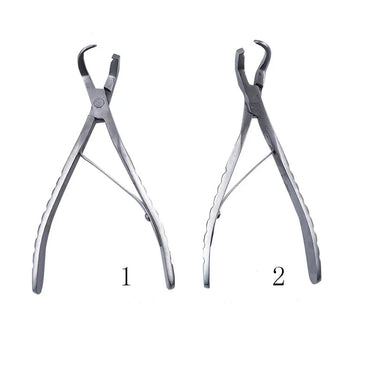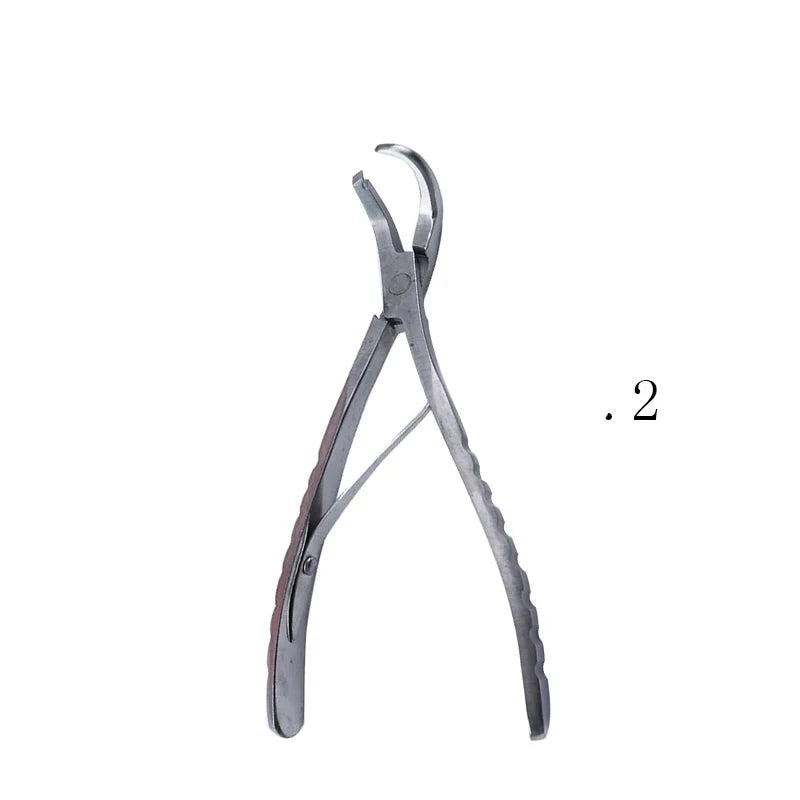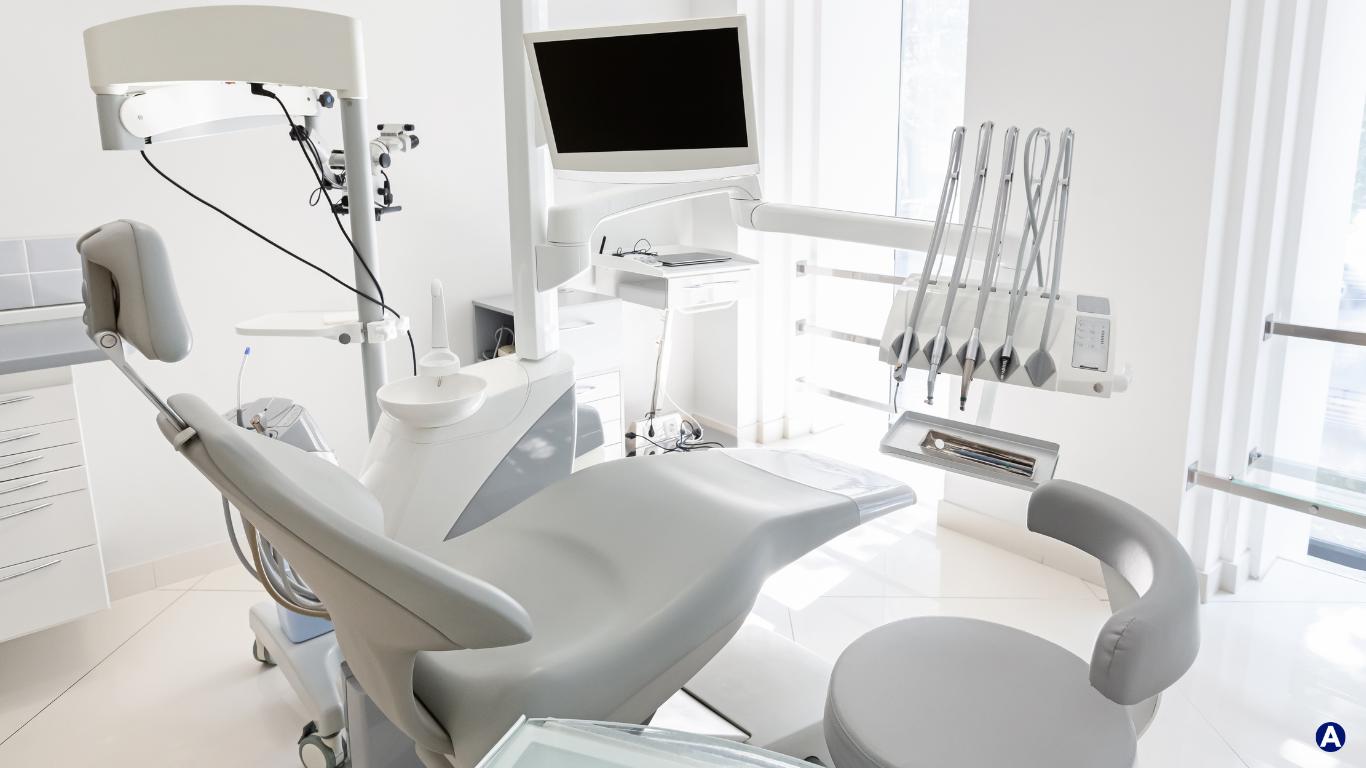The dental industry is rapidly evolving, with technology playing a critical role in streamlining operations, improving patient experiences, and enhancing overall efficiency. One of the most significant advancements in dental technology is cloud-based practice management software. Unlike traditional on-premise software, cloud-based solutions offer flexibility, accessibility, and scalability that can transform the way dental practices operate. In this guide, we compare some of the top cloud-based dental practice software solutions to help you choose the right fit for your practice.
Benefits of Cloud-Based Dental Software
Before diving into specific software options, it’s essential to understand the advantages of cloud-based dental software:
-
Remote Access – Dentists and staff can access patient records and practice data from anywhere, ensuring smooth operations even outside the office.
-
Enhanced Security – Cloud-based solutions often come with advanced security features such as encryption, regular backups, and compliance with HIPAA regulations.
-
Reduced IT Costs – No need for expensive servers or on-site IT maintenance.
-
Automatic Updates – Regular software updates ensure you always have the latest features and security patches.
-
Scalability – As your practice grows, cloud-based software can scale to meet your expanding needs.
Top Cloud-Based Dental Practice Software Solutions
1. Dentrix Ascend
Overview: Dentrix Ascend, developed by Henry Schein, is a popular cloud-based dental software designed for single and multi-location practices.
Key Features:
-
Intuitive, user-friendly interface
-
AI-powered patient charting
-
Built-in imaging software
-
Business analytics and reporting
-
Seamless integration with other Henry Schein products
Pros:
-
Comprehensive feature set
-
Strong customer support
-
Reliable cloud infrastructure
Cons:
-
Higher cost compared to some competitors
-
Learning curve for new users
2. Curve Dental
Overview: Curve Dental is a well-established cloud-based practice management software that offers a modern, web-based interface.
Key Features:
-
All-in-one cloud management
-
Built-in imaging and digital charting
-
ePrescriptions and billing automation
-
Real-time patient communication tools
Pros:
-
Excellent user experience with intuitive navigation
-
Strong data security measures
-
Affordable pricing for small and medium-sized practices
Cons:
-
Limited customization options
-
Some advanced features may require additional fees
3. Open Dental Cloud
Overview: Open Dental, known for its open-source flexibility, now offers a cloud-hosted option with robust features and customization capabilities.
Key Features:
-
Highly customizable treatment planning and charting
-
Integrated patient portal
-
Strong third-party software integrations
-
Custom reporting tools
Pros:
-
Cost-effective for practices seeking customization
-
Excellent customer service
-
Community-driven development with frequent updates
Cons:
-
Requires some technical knowledge to customize
-
Not as visually modern as competitors
4. CareStack
Overview: CareStack is an all-in-one cloud-based solution designed for dental enterprises and multi-location practices.
Key Features:
-
Enterprise-level scalability
-
Fully integrated billing and insurance management
-
Built-in patient engagement tools
-
Advanced analytics and reporting
Pros:
-
Great for multi-location practices
-
Eliminates the need for multiple software systems
-
Strong customer support
Cons:
-
Can be overwhelming for small practices
-
Premium pricing model
5. Tab32
Overview: Tab32 is a relatively new player in the dental software market but offers an innovative approach to cloud-based practice management.
Key Features:
-
AI-driven analytics and automation
-
Built-in imaging and treatment planning
-
Teledentistry capabilities
-
HIPAA-compliant patient engagement tools
Pros:
-
Cutting-edge technology and automation
-
Competitive pricing
-
Easy to implement
Cons:
-
Still growing its market presence
-
Some advanced features may require a learning curve
Choosing the Right Cloud-Based Dental Software
When selecting cloud-based dental software for your practice, consider the following factors:
-
Practice Size & Needs – Ensure the software aligns with the number of patients you serve and the complexity of your operations.
-
Integration Capabilities – If you already use specific imaging or billing software, check for seamless integrations.
-
Ease of Use – Look for an intuitive interface that your staff can quickly adopt.
-
Security & Compliance – Ensure the software meets industry standards like HIPAA compliance.
-
Cost & Scalability – Consider both initial costs and long-term expenses as your practice grows.
Significant applicable benefits for dental offices.
1. Seamless Event-Based Scheduling
-
At marketing events, patients can be scheduled on the spot without calling the office. Increasing new patient conversion.
-
Dentists and staff can access patient records, schedules, and financials from any device with an internet connection.
2. Automatic Updates & Data Security
-
No need for manual software updates—cloud providers handle it automatically.
-
Data is stored in secure, HIPAA-compliant servers with automatic backups, reducing the risk of data loss.
3. Improved Efficiency & Workflow
-
Real-time appointment scheduling prevents double bookings and allows quick rescheduling.
-
Automated reminders (texts/emails) reduce no-shows.
-
Integrated billing and insurance claims processing speeds up revenue collection.
4. Cost Savings
-
Eliminates the need for expensive on-site servers and IT maintenance.
-
Reduces the cost of paper-based systems and office supplies.
5. Better Patient Experience
-
Patients can book appointments online and fill out forms digitally.
-
Teledentistry integration allows virtual consultations.
-
Faster access to treatment history improves continuity of care.
6. Scalability for Growth
-
Easily add new providers, locations, and services without major infrastructure changes.
-
Ideal for DSOs (Dental Service Organizations) and multi-location practices.
7. Compliance & Reporting
-
Ensures compliance with HIPAA and other regulations.
-
Provides detailed analytics on production, revenue, and patient trends to support decision-making.





